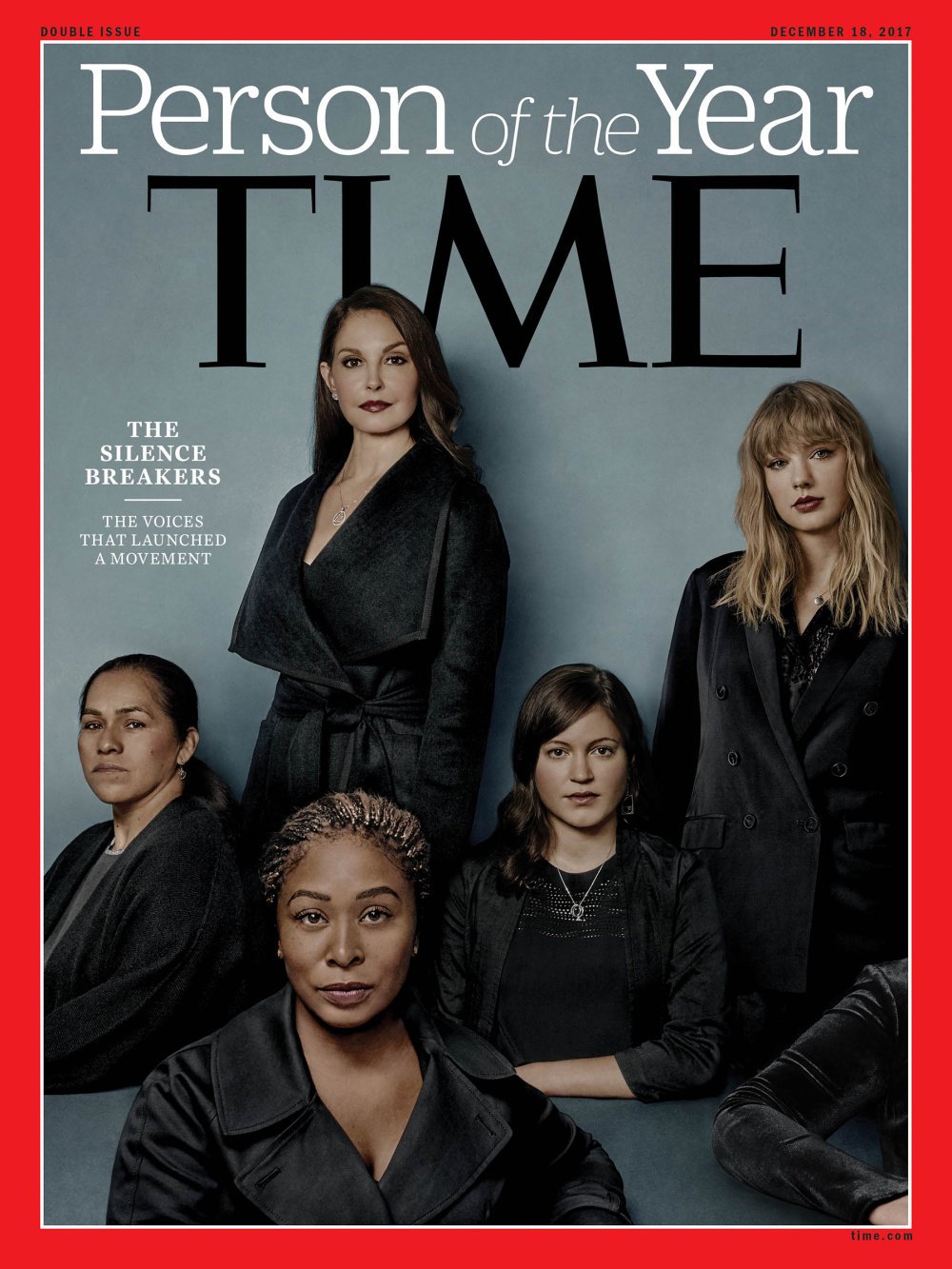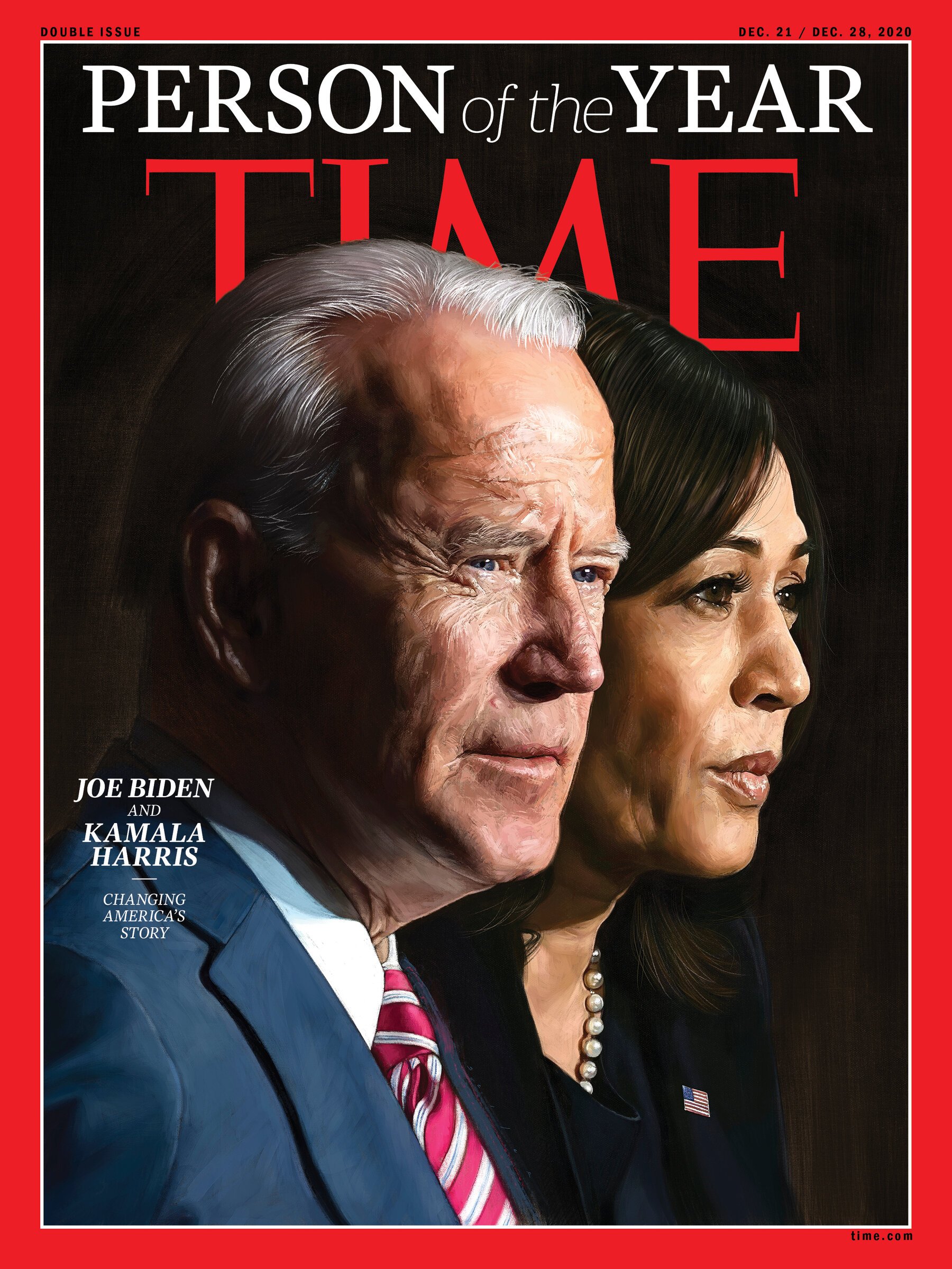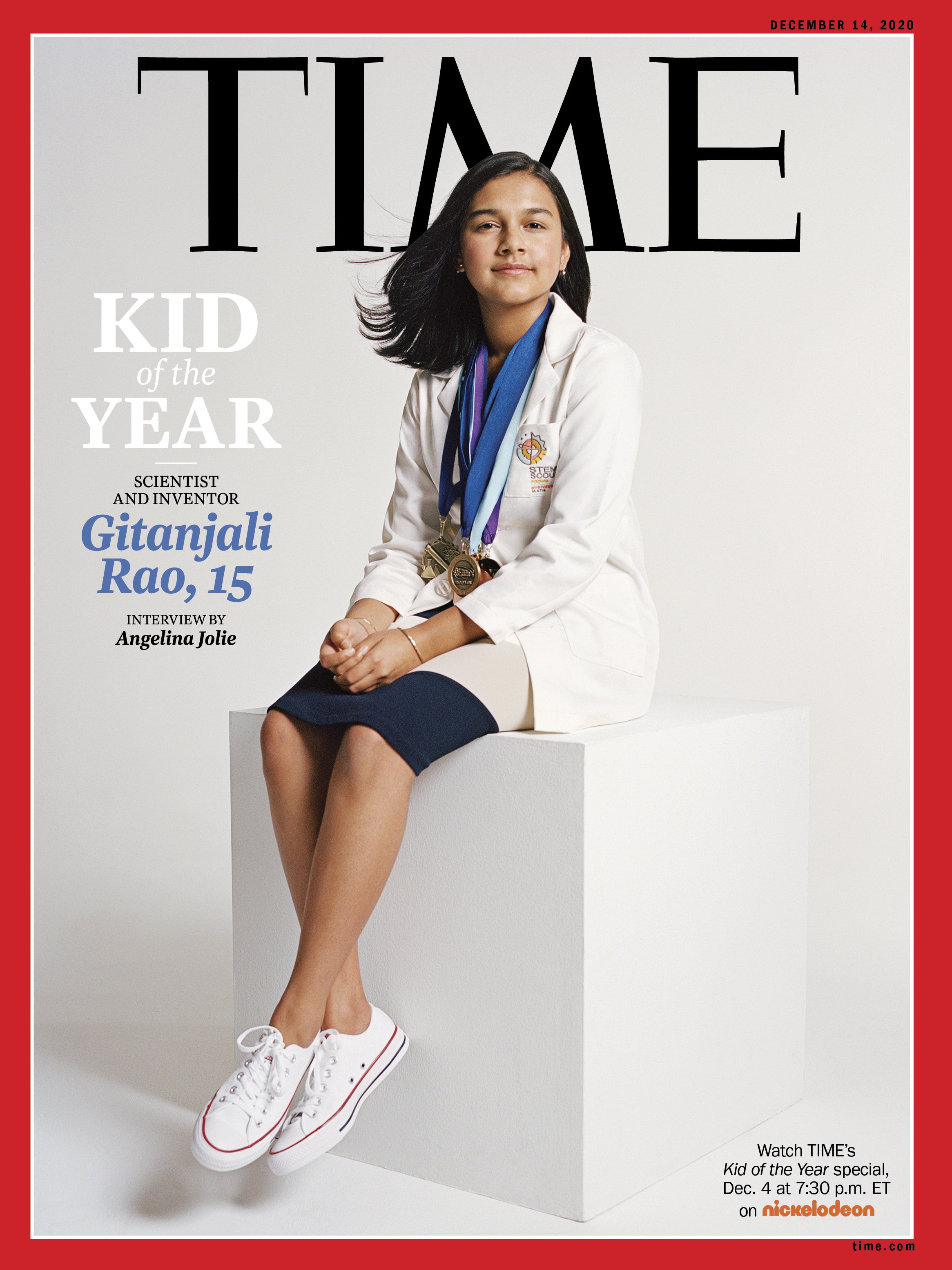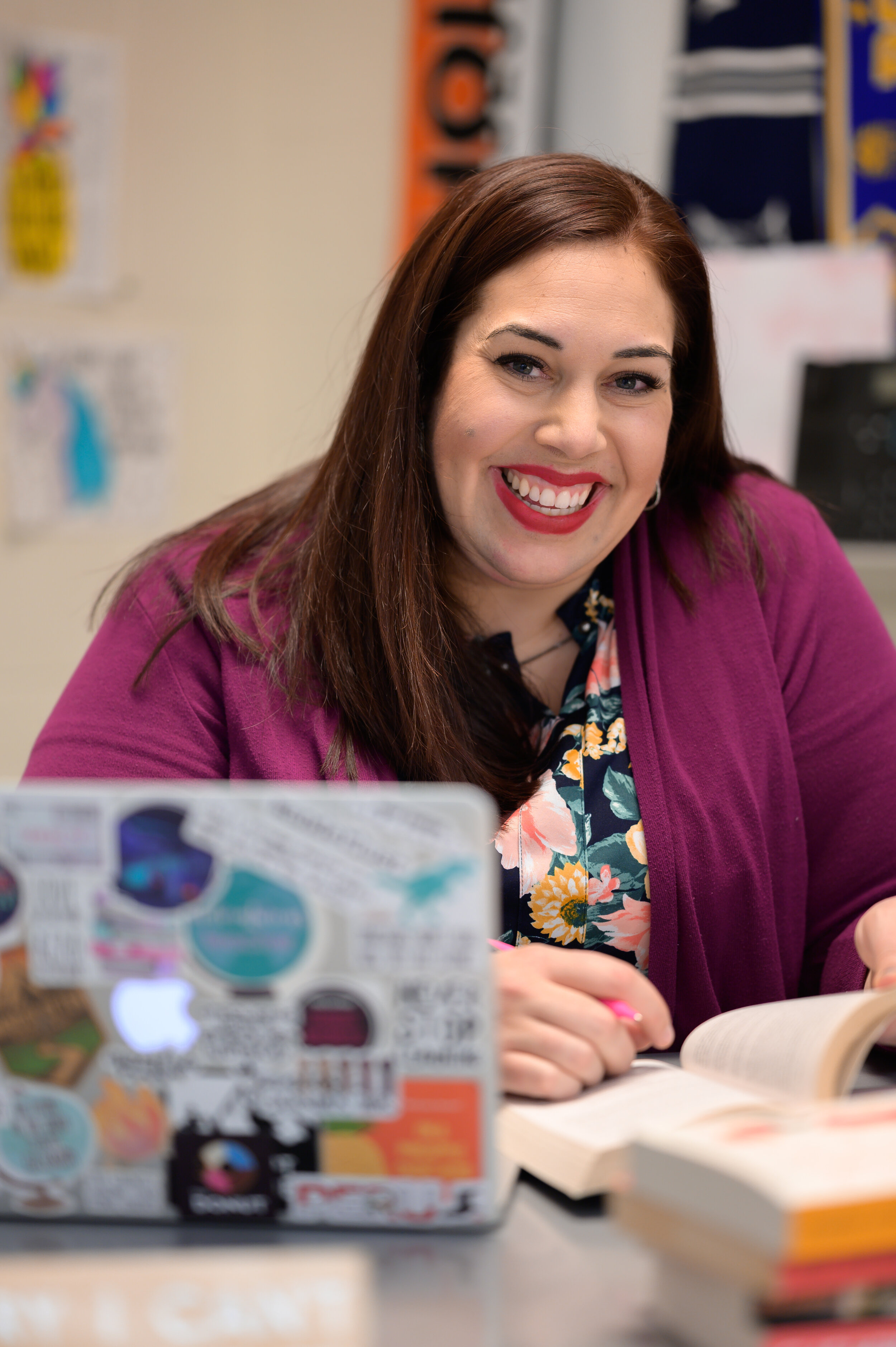Who Would You Award "Person of the Year"?
Raise your hand if you feel like personal narratives can get a little redundant. Sometimes, the genre is SO wide open, it can be hard to get students narrowed down to a specific topic and keep the writing interesting. Here’s a fresh take: have your students write a defense of their choice of an award winner for “Person of the Year”. Inspired by TIME Magazine’s yearly award, this prompt asks students to reflect on their lives and narrow their ideas down to just one person that made an important impact on them that year. You’ll see many personal elements, but, you’ll also get the chance to teach a bit of journalistic profile writing (and of course use some beautiful mentor texts along the way!). Here’s how it’s done:
START WITH THE PROMPT
Giving students a clear, concise prompt is the most important component to getting started. Every strong writing assignment should have these things:
Clear goals: For me, this means identifying the type of writing that’s about to happen. Students know that there are different goals for literary analysis than there are for poetry. For this assignment, I categorize the writing as “argumentative”. Even though typical profile pieces aren’t strictly arguments, this particular piece is an argument for why this person is deserving of “Person of the Year”. The essay is expected to have a clear claim, evidence, and commentary. These are the skills that I work to spiral all the way through our writing curriculum from 9-12, so that’s why my goals are lined up in this way. You can determine for your own vertical alignment what works best for you!
A student-friendly rubric: I have made a habit of not only using student-friendly language in a rubric, but teaching my rubrics and their language to my students. In any given year, I only use 2-3 different rubrics and they almost never vary from assignment to assignment. There are always the same four categories for any writing that falls under the umbrella of ARGUMENT: claim, evidence, commentary, and writer’s craft. That’s it. The descriptors shift a bit based on the assignment, but every time we write argumentatively, students know and are laser-focused on hitting those four pieces every single time.
A suggested outline: Mentor texts are a great place for students to organically design their own outlines, but I always like to start with a suggested path for students. I lay out, paragraph by paragraph, the components that I’d like them to include so that they’re not wondering that at some other point during the writing process.
Answers to anticipated questions: When is this due? How many pieces of evidence? Can I choose my cat Steve as my person? All of these questions and more come up whenever starting this assignment, so try to anticipate some of them by placing the answers on the prompt assignment sheet ahead of time. It just might save you a trip to Walgreens for a fresh bottle of Tylenol…
PREWRITING:
BRAINSTORM & OBSERVE MENTOR TEXTS
WRITING SPRINTS:
If you’ve never done writing sprints before, they’re exactly what they sound like: crazy fast brain-dump writing under a timer. Writing sprints is a strategy that I like to use at the beginning of the writing process to clear out the cobwebs and get brain energy moving. Here are a few examples of prompts to give students with a 60-second timer:
Descriptions of children that start with the letter “M”
Animals with long tails
What are the names of all the people that you can ever remember meeting?
What were the clearest moments of joy in your life in the last year?
I like to use a combination of seemingly random topics and ones that point toward the assignment to get kids going and keep things unpredictable!
MENTOR TEXTS:
When it comes to examples of journalistic profiles, there are plenty to look at online!
START WRITING!
Now, let the fun begin! Students can dive headfirst into profiling the person that most powerfully impacted their lives in the past year. This is a personal piece of writing that I like to give plenty of space for students to explore their ideas. And if you have time, you can even give the students time to create their own magazine covers on Canva inspired by the TIME covers they find online!
SPOTLIGHT RESOURCE:
If you absolutely love this idea but don’t have the time to build it from scratch, I’ve got you covered! I have a student prompt, suggested outline, rubric, writing sprints, mentor text walk-throughs, and magazine cover templates! Check it out here!
ABOUT THE AUTHOR
Amanda is the author of Mud and Ink Teaching and a collaborative blogger on Teachwriting.org.
A high school English teacher of every level from ESL to AP Language, Amanda has made it her life’s work to encourage students and teachers to join her on an adventurous teaching and learning journey. Amanda is a full-time teacher author after spending thirteen years in the classroom. She writes curriculum for the high school level, coaches teachers 1:1, and travels with her family whenever possible. Amanda’s obsessed with poetry, argumentation, and showing students the power of taking chances in their writing. She is also the co-host of the podcast Brave New Teaching.
Visit Amanda on Instagram, Facebook, or Twitter for English teacher inspiration and powerful community.










